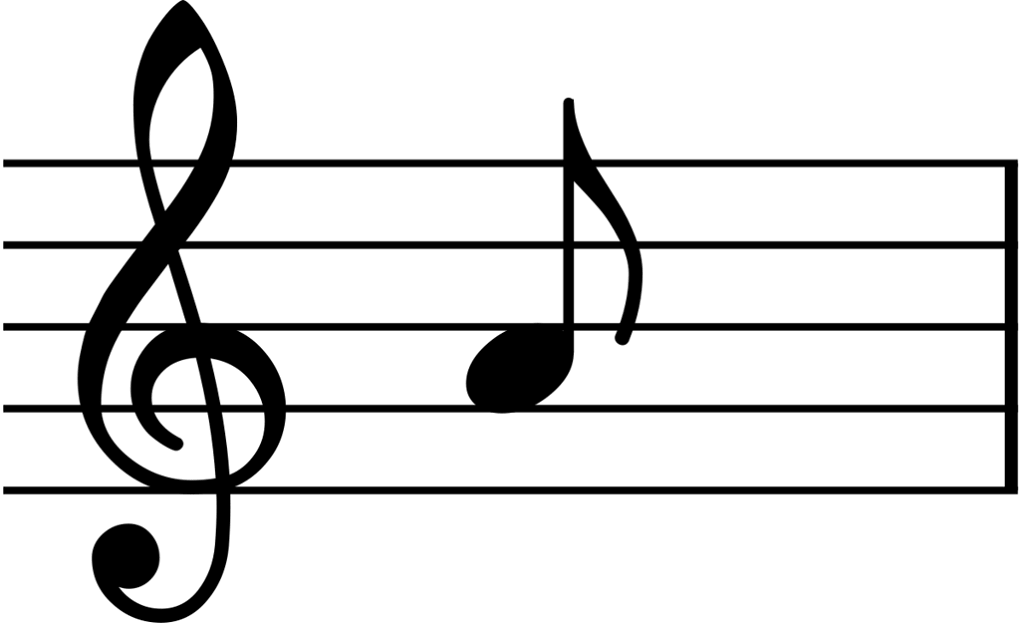Notes in music

What are notes in music?
Sounds can be molded into music. Music is an art of ordering tones in combination and relationship to produce beauty of form, harmony, and expression of emotion. Much as one could consider music as an art, it is also a discipline of science. Any harmony that we can recognize in music has a mathematical foundation.
In music, notes are the building blocks, and each note has an assigned frequency (depending on the system of reference). There is a series of eight notes, each having its own name (except for the eighth note), creating an "octave". The eighth note has the same name as the first one and it is double the frequency of the first note. Each note of the next octave would be twice the frequency of the same note of the previous octave.
For example, the note "A" (name outside the US is "La") of the third octave is 220Hz. That means the frequency of the note A is 55Hz in the first octave, 110Hz in the second octave and 440Hz in the fourth octave.
To go from one note to another, we use "steps". Some notes have a distance of a whole step between them and some have a half step.
A half step (also semitone), is the smallest musical interval commonly used in Western tonal music.
A semitone is like an additional half to the whole number (1.5, 2.5, etc.). These semitones are called "sharp" in case you are going up from one note to the next one, or "flat" if you are going down. The symbol for sharp is "#" and for a flat is "b".
This is the sequence of twelve semitones (halftones) presented in an octave: C, C# (or Db), D, D# (or Eb), E (or Fb), F, F# (or Gb) G, G# (or Ab), A, A# (or Bb), B (or Cb).
For example, there is a whole step between the notes C and D, because we go a half step from C to C# and another half step from C# to D. A semitone above the note "C" is "C sharp", but the same tone would be called "D flat" if you go down from note D to C. The distance between the notes E and F unlike C and D is a half step.
*In Europe the music notes are known by different names than listed above. Please find below the correspondence of American and European names for notes. Music notes in order:
Saint John the Baptist
*Originally, each succeeding line of the song started one note higher than the previous one.
“Ut” was eventually deemed too difficult to pronounce and was changed to “Do.”
Despite the differences in musical systems and instruments, the underlying principles of music remain the same - a mathematical foundation of frequencies and harmonics that create beauty of form and expression of emotion. Whether it's through the traditional Western tonal music or the unique sound of singing bowls, music has the power to evoke emotions, connect people, and transcend language and cultural barriers.
If you have found this article interesting, we would strongly appreciate it if you could please share it with your friends. We would also love to hear your feedback. Please, help us by writing your thoughts and experience in the comments window below the article.
Thank you.

Leave a comment